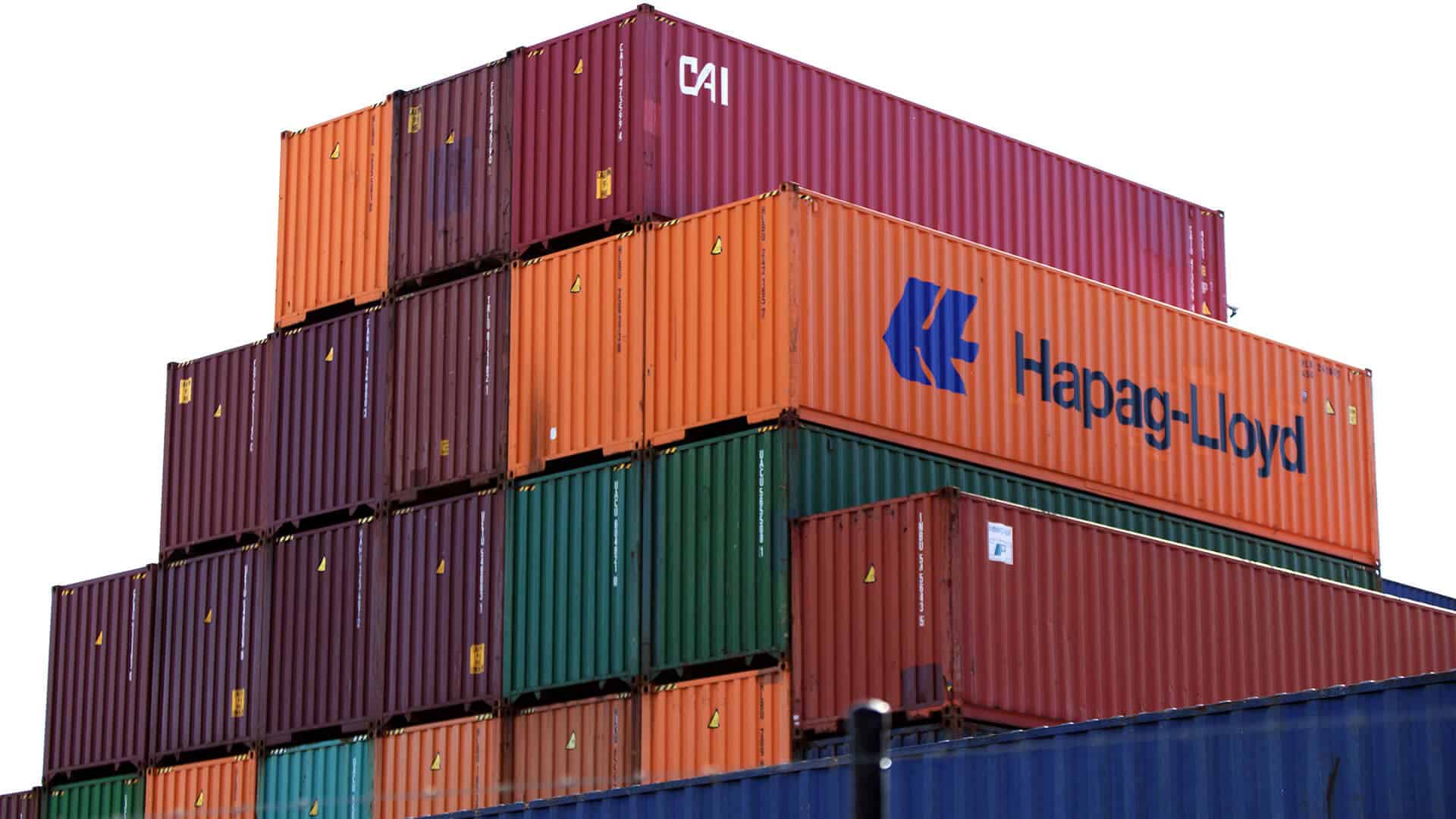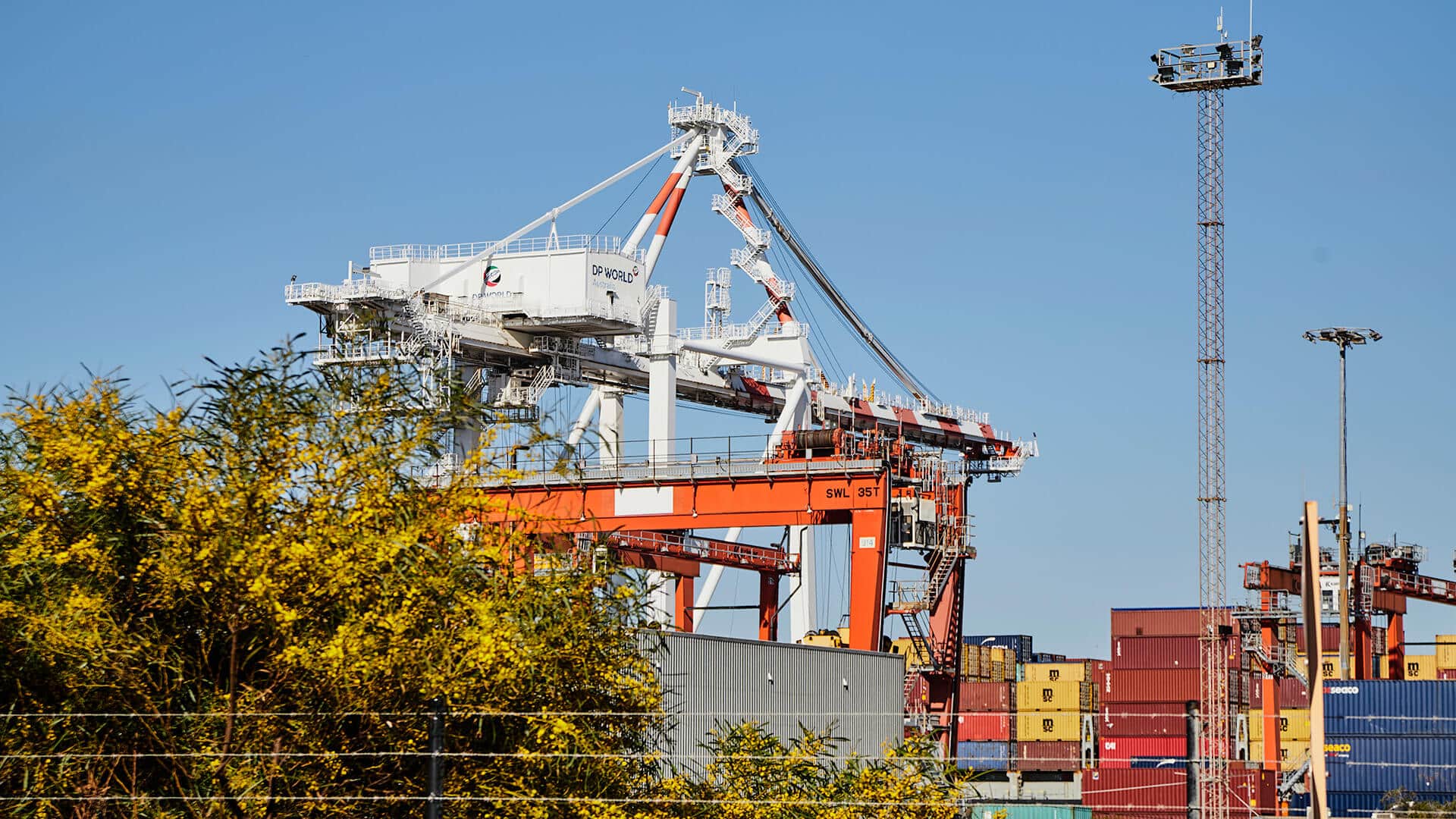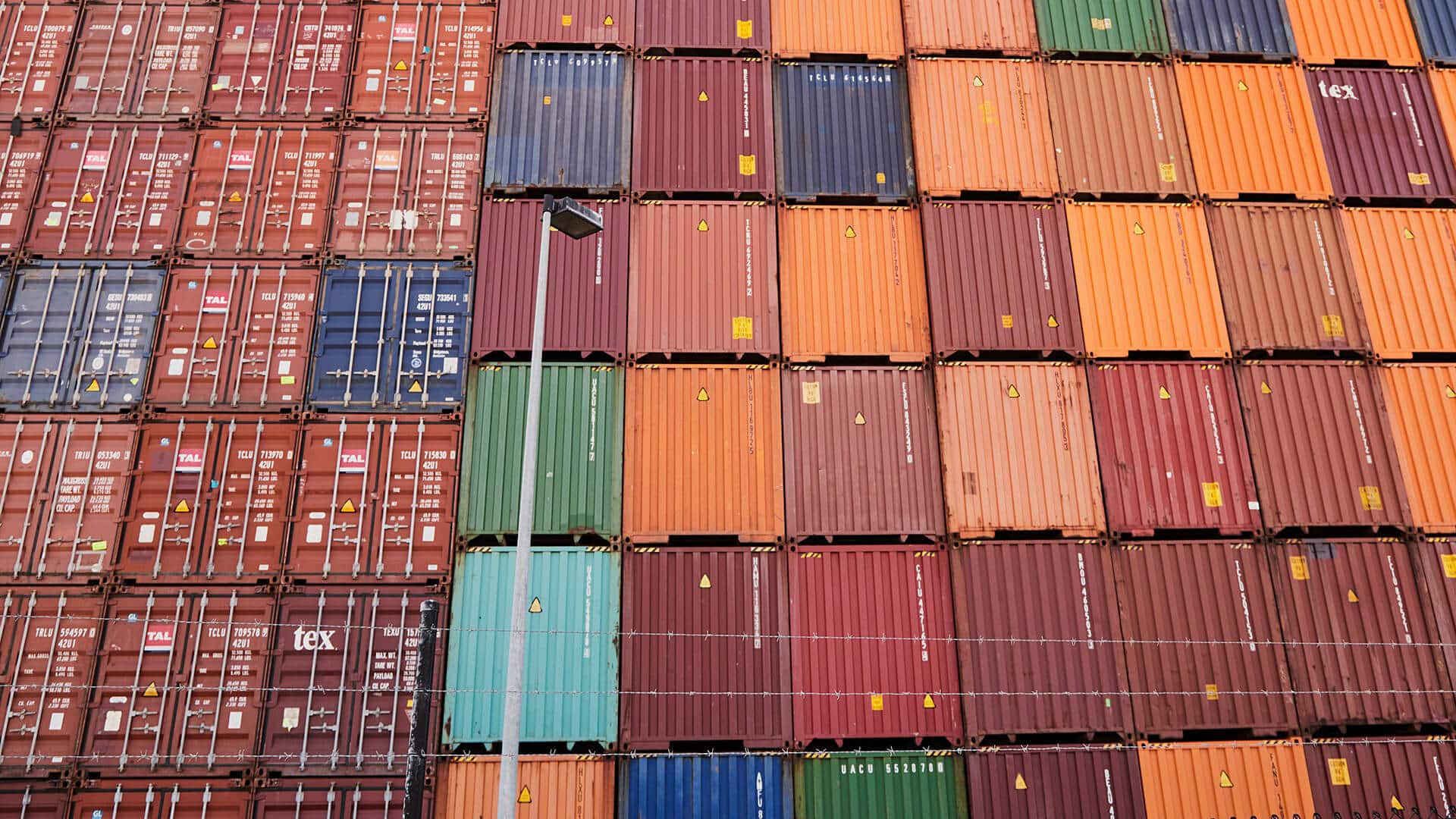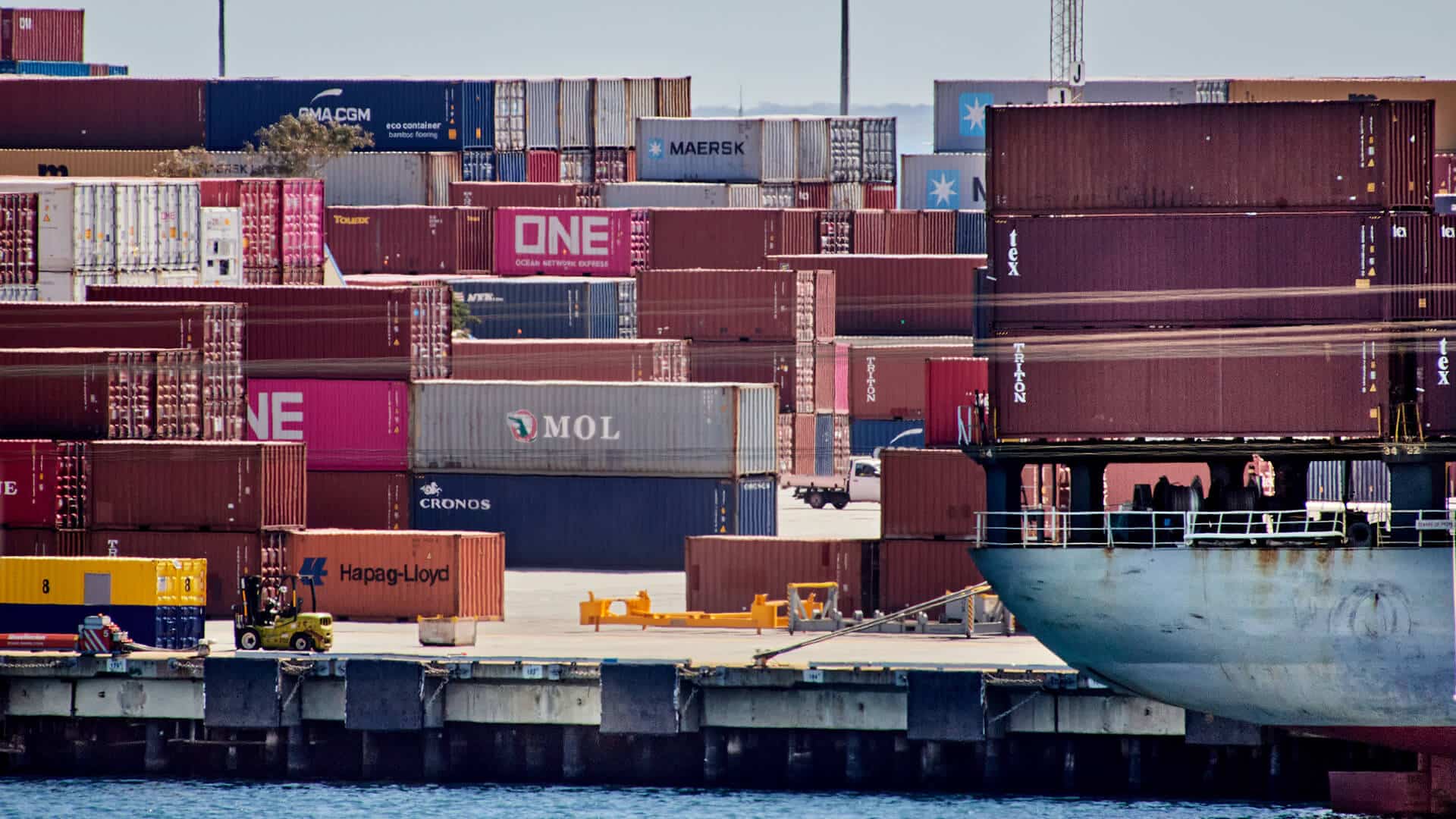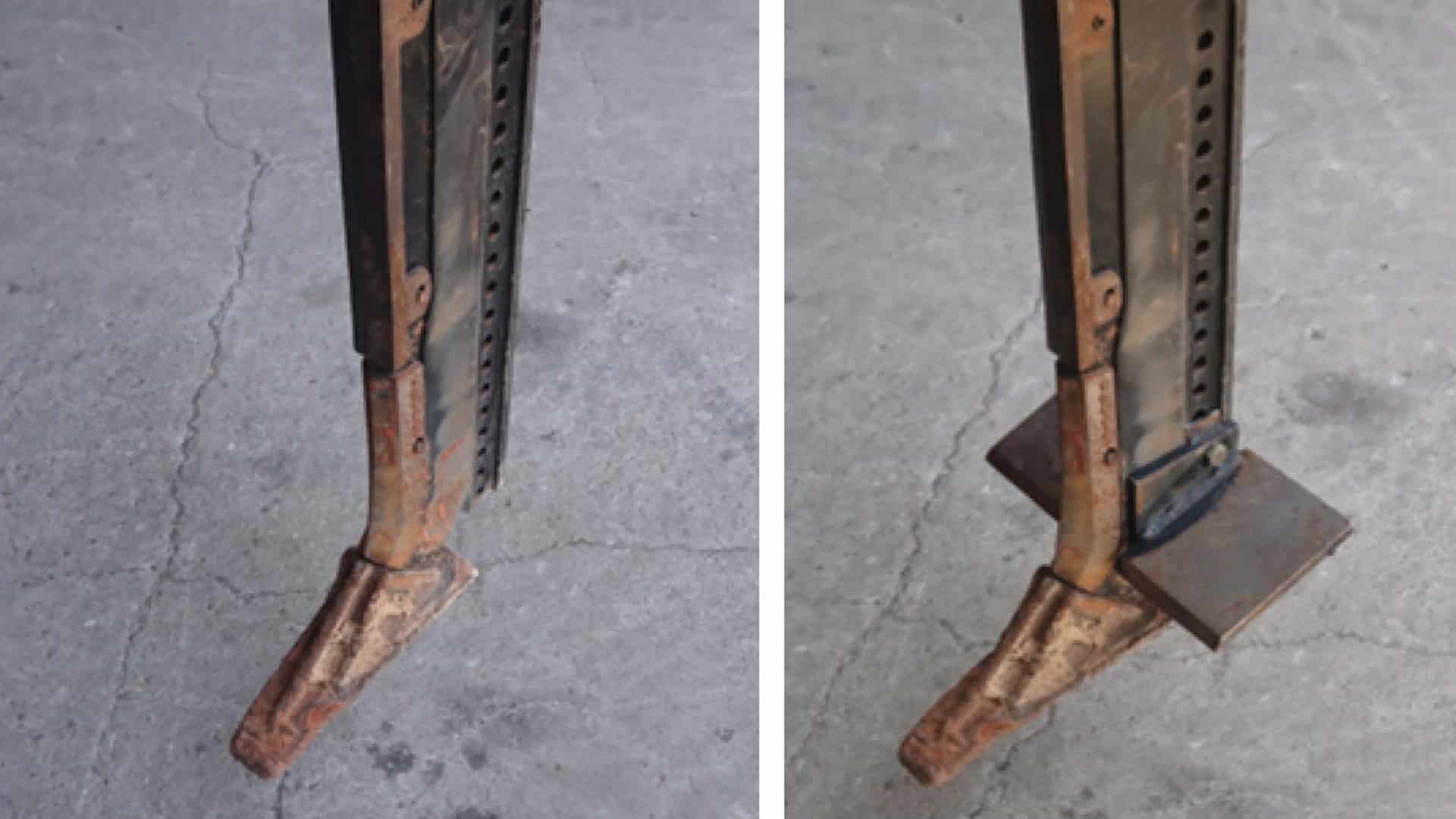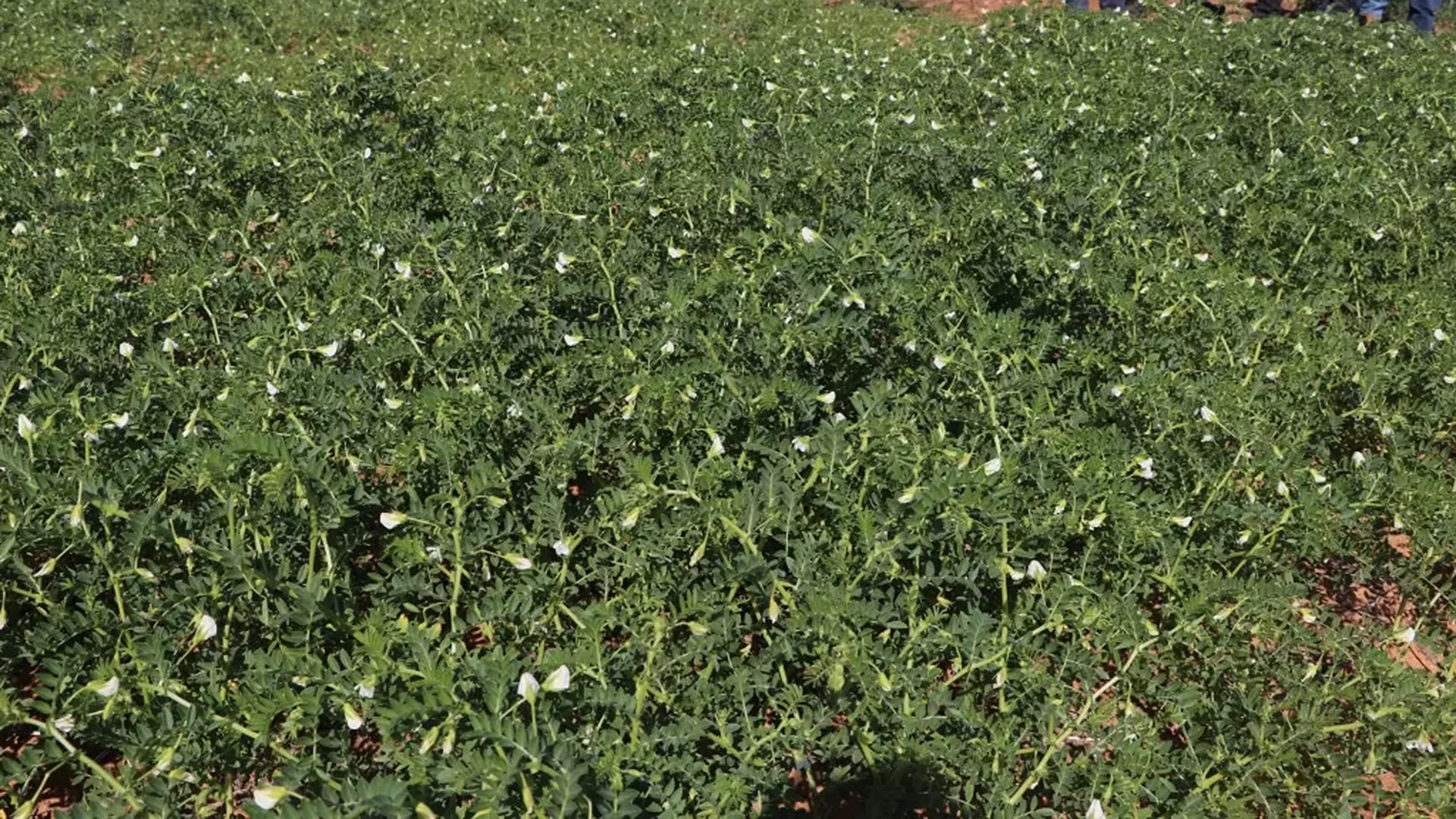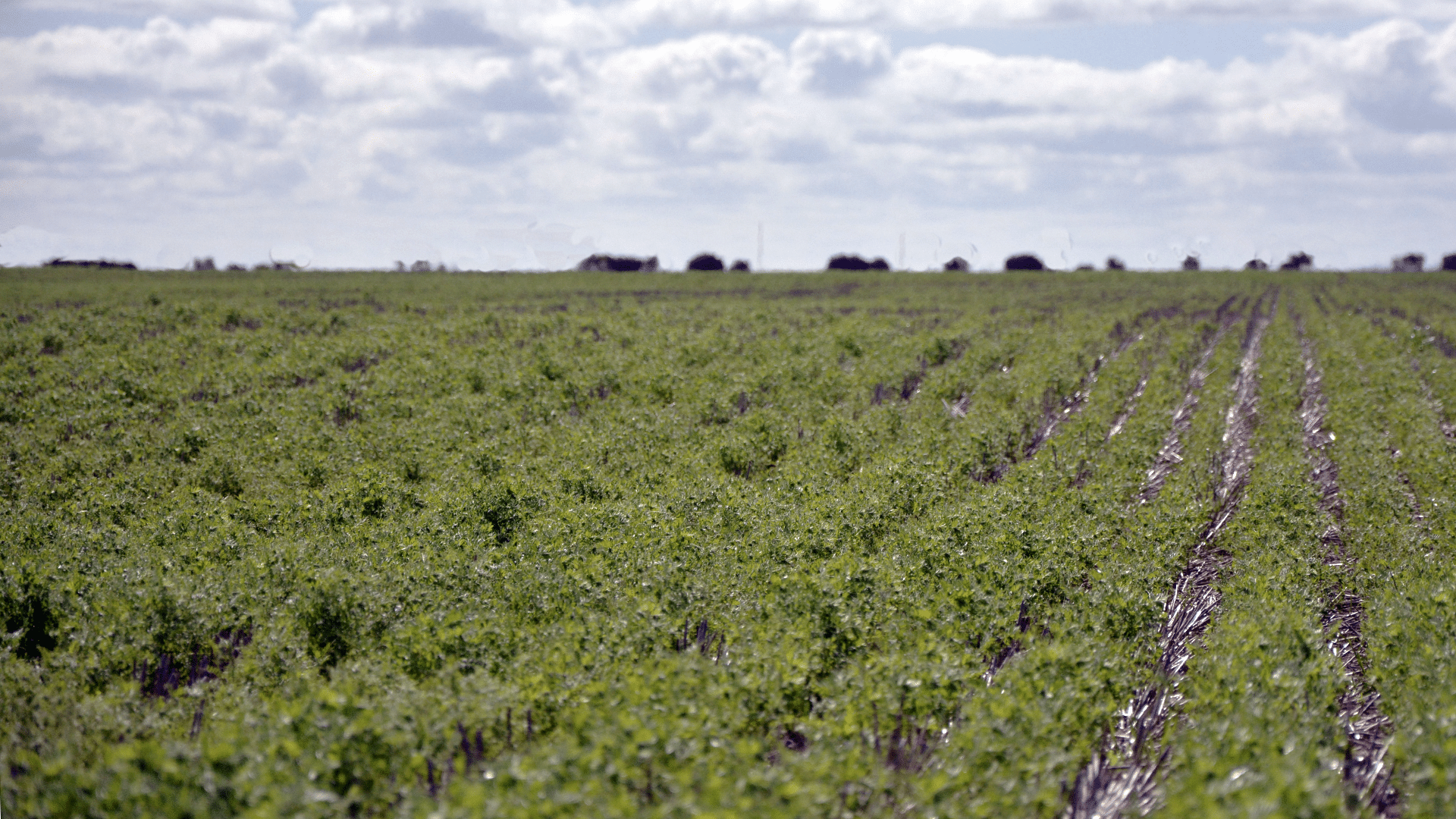START
FINISH
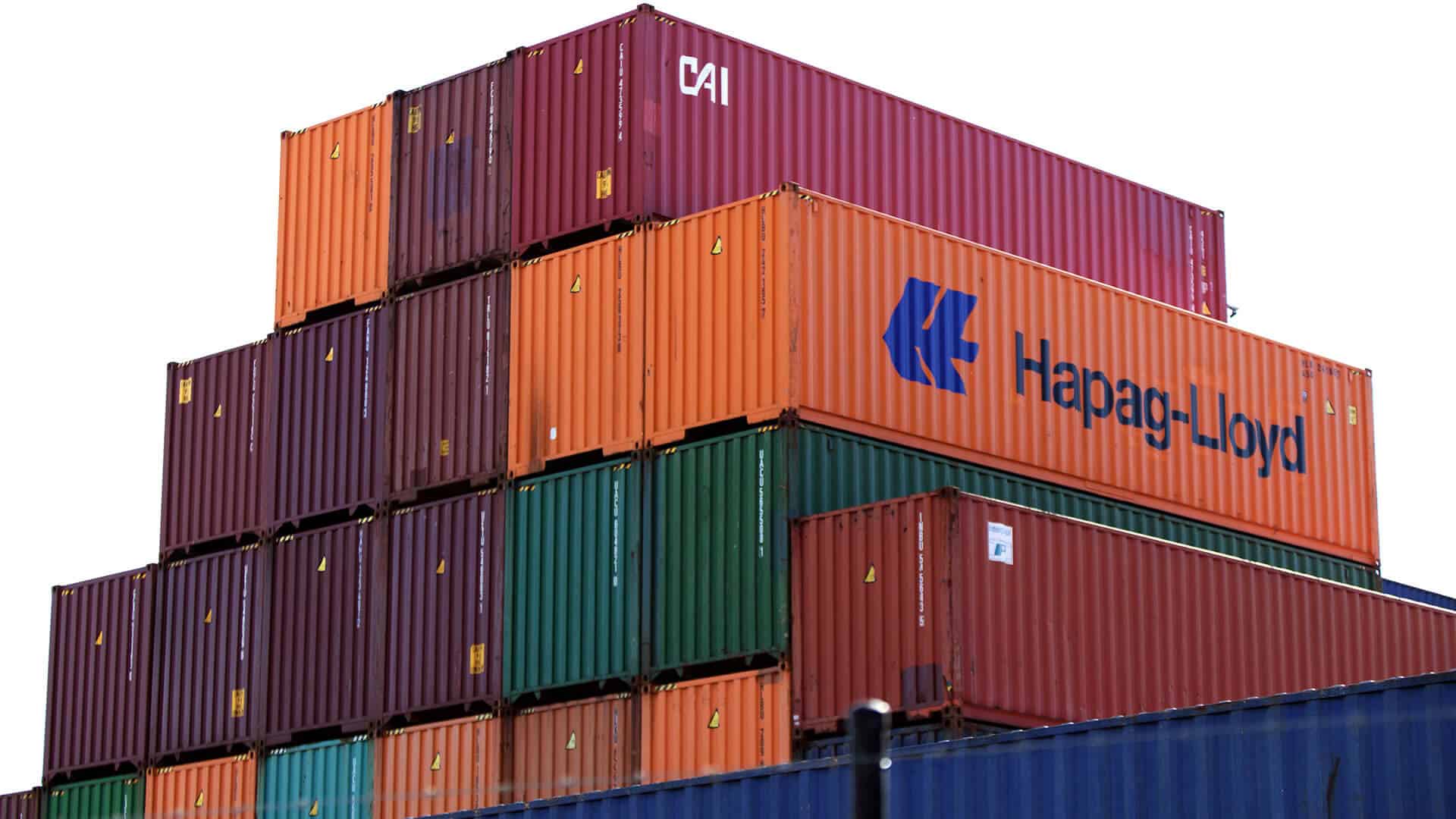
Summary
While bulk grain export is seen as the industry default, containerised grain makes up approximately a third of total grain exports from Australia’s eastern states. Containerisation offers several advantages, especially for specialty producers and destinations with limited bulk handling facilities. On the downside, containerisation involves several risks, including third-party risks. Exporters also need to understand the processes that underpin containerised grain exporting. As part of its assessment and outputs, this study led to the production of a ‘how to’ guide for South Australian grain growers, to improve knowledge around these risks and processes.
Background
Containerised grain (and fodder) represents a significant portion of Australia’s total grain exports. From 2014 to 2021, containerised grain exports from Victoria, New South Wales and Queensland averaged 36, 28 and 34 per cent of total grain exports respectively. Wheat and pulses tend to dominate the sector, with South Australia also exporting significant amounts of malting barley. Markets are typically in the Middle East and Asia.
Containerisation is best suited to:
- Small cargoes with high margins.
- Extracting value from atypical, differentiated or specialised crop lines.
- Farms located closer to container packing facilities than the nearest bulk terminal.
- Export orders that benefit from reduced co-mingling with bulk grain stacks.
- Adding diversity and competition to grain supply chains.
- Ample supplies of empty food grade containers
However, there is a need to monitor and improve containerised grain supply chains, especially to ensure they become low-cost, low emission pathways for grain exports. Pricing, competition and efficiency standards all lack market transparency, and further investment in container terminals and road/rail logistics would benefit exporters.
Research Aims
While the project included a broad review of containerised grain and fodder exports across Australia, including processes, logistics and infrastructure, objectives specific to the South Australian grain industry were the provision of insights and advice to improve:
- Awareness and ability of growers to fill containers for export on-farm.
- Pathways for movement of empty food-grade containers.
- Road versus rail trans-shipping costs for empty containers.
In The Field
This project involved a comprehensive review of prevailing containerised grain exports from Australia, including processes, facilities, providers, challenges and historical export data. It was conducted by logistics consultants from AEGIC, with support from various container handling businesses, grain producers and grain exporters. Funding support was provided by the Grains Research and Development Corporation (GRDC), the South Australian Grains Industry Trust (SAGIT) and AEGIC
A survey was also conducted into stakeholder’ views of container supply chain issues and solutions.
Results
This study found that Australia regularly exports more than 3 million tonnes of grain in containers per year, and around 1 million tonnes of fodder. However, government and industry action would drive greater clarity and enduring value for grain producers in:
- Market access
- Supply chain investment
- Oversight and regulation
- Grower and industry education
Outputs and extension materials from this study include:
- A web portal hosting information, case studies and survey results
- A ‘how to’ manual for South Australian grain growers wishing to participate in the containerised grain export trade.
- An Improving Australia’s containerised grain exports factsheet
- Three case studies:
– AG Schilling and Co (SA)
– Fletcher International (NSW)
– Boolah Farms (NSW) - GRDC Groundcover article: Improving Australia’s containerised grain exports
- Final project report and Supplementary report.
The final report was also submitted to the Productivity Commission Public Enquiry into Australia’s Maritime Logistics System, and GRDC state panels were briefed on the project findings.
Project Participants
Australian Export Grains Innovation Centre (AEGIC): Professor Ross Kingwell, Mr Scott McKay, Mr Nigel Hart, Dr Peter White
The Problem
Containerisation makes up a significant portion of Australian grain and fodder exports. However, awareness and understanding of this option remains limited.
The research
This analysis of the sector sought to identify and communicate the advantages, opportunities and limitations of containerisation to grain producers.
More information
Professor Ross Kingwell, Australian Grain Exports Innovation Centre (AEGIC)
T: 08 6169 9920
E: [email protected]
Australian Export Grains Innovation Centre
Value for Growers
The outputs from this project should help to underpin improved oversight and regulation of containerised supply chains in SA, which will help reduce the costs of containerised grain export.
The ‘how to’ guide produced for South Australian grain growers will improve their awareness, understanding and use of containerised export pathways. It will also support diversification and specialisation in grain production, by offering growers of high value and niche crops a modular export option with viable accessibility and costs.

